- Home
- slideshows
- miscellaneous
- I stumbled across a Mediterranean island few Americans seem to know about, and I'm convinced it will be the next vacation hot spot
I stumbled across a Mediterranean island few Americans seem to know about, and I'm convinced it will be the next vacation hot spot
For the last 50 years, Cyprus has been split between the internationally recognized Republic of Cyprus in the south and the self-declared Turkish Republic of Northern Cyprus, which covers about 36% of the north. While the conflict has made the island tense at times, reunification talks have been ongoing in recent years. While you can easily visit either side, I flew into Larnaca in the south.

The flight to Cyprus from Israel was a fraction of the cost to Greek islands like Mykonos, Santorini, or Crete. I rented a car. The island isn't huge, but it's about the size of Puerto Rico with well-maintained roads so driving is the best way to get around.
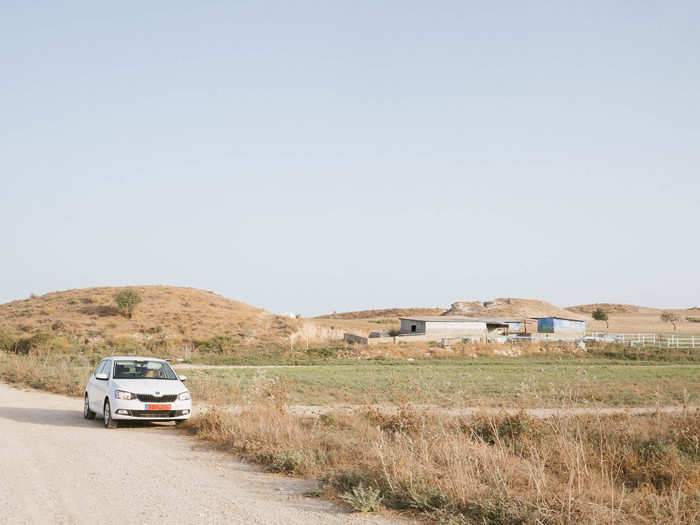
The island is full of little surprises. Only five minutes from the airport is the Larnaca Salt Lake. The gorgeous lake is the site of Hala Sultan Tekke, an important Muslim shrine, and the home of about 2,000 flamingos during winter months.
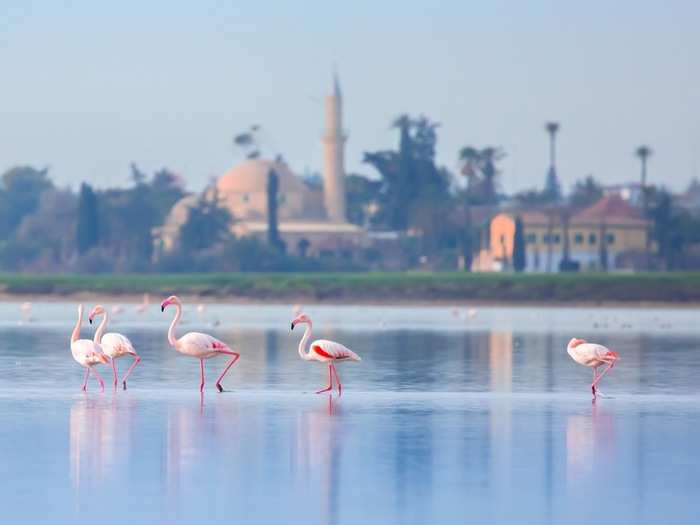
After spending a little time at the salt lake, I decided to drive a bit further into the countryside. While Cyprus is in the Mediterranean, it is located below Turkey and across from Lebanon. The landscape can often feel like a mix between the Middle East and the Mediterranean.
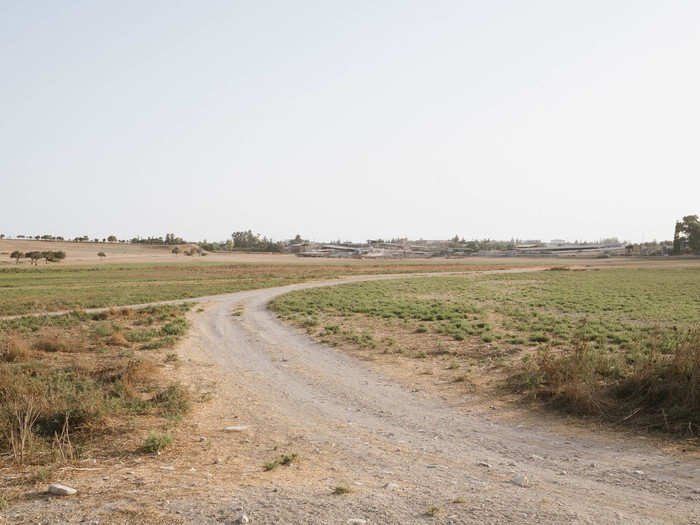
The climate is balmy and sunny. During the summers, the island gets around 12 hours of sunlight per day and it rarely rains.
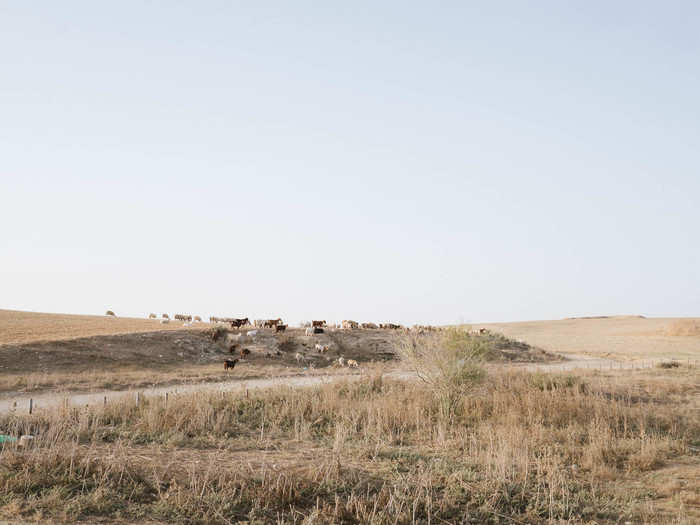
Temperatures peak around 85-95°F during the day and cool down to 70-80°F at night. But with the island breeze, I found the climate to be neither too hot nor too cold.
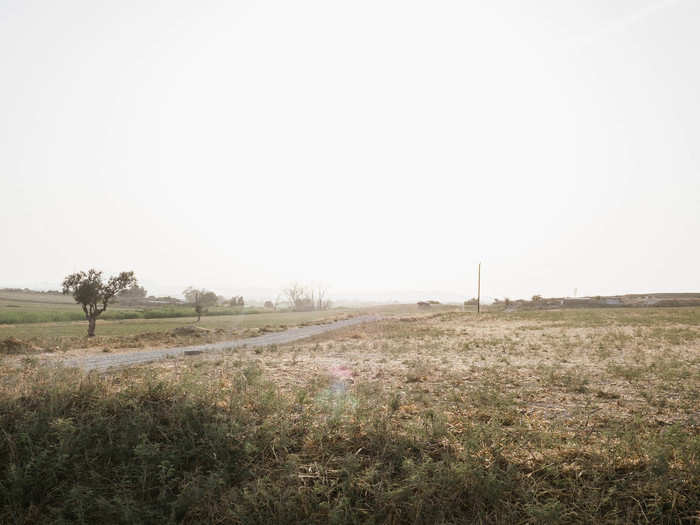
About a 40-minute drive from the airport is Limassol, the island's second largest city and, due to its coastal location, a hub for tourism. There are numerous beaches in the immediate area and a beautiful promenade to walk.
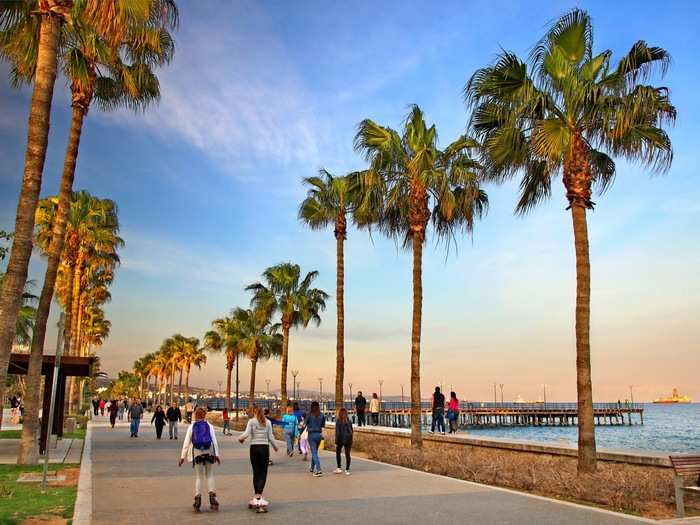
The island has been inhabited since ancient times and history buffs will find the entire history of the Mediterranean from Bronze Age tombs to Roman-era cities to Venetian and Ottoman-era architecture. The ruins of Kourion, near Limassol, are worth a visit to see beautiful Roman mosaics.
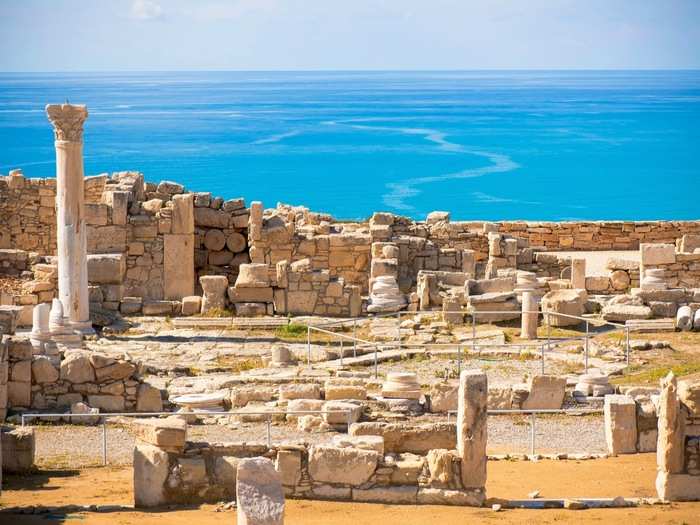
I decided to stay about another hour further down the coast in Kissonerga, a small coastal town. While there are a few hotels and resorts, the best option is to rent one of the many gorgeous villas or apartments in the area. Like most things in Cyprus, they are reasonably priced.
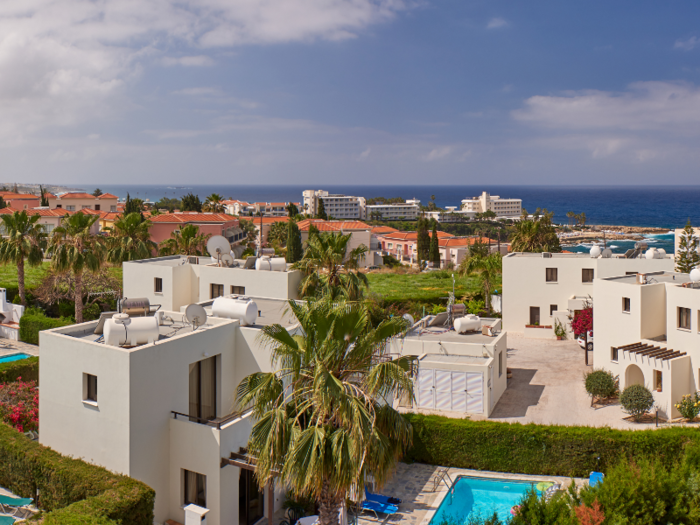
I ended up staying at the Theo Sunset Bay Holiday Village, an all-inclusive resort. While the views were great, the resort itself was nothing to write home about. If I was doing it again, I would've stayed in a smaller B&B or rented a villa.

The area is teeming with local restaurants serving good, honest grub. I wouldn't expect the latest iteration of Nobu, but the island is well-known for its excellent produce and foodstuffs. Halloumi cheese originates from the island. It's spectacular.
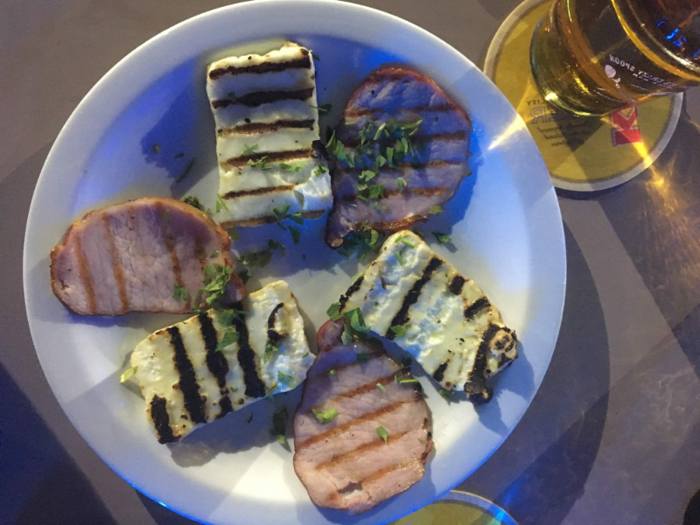
Source: Lonely Planet
For most people visiting Cyprus, the beaches are the draw. They don't disappoint. There are beaches for windsurfing, snorkeling, scuba diving, and just lounging around. Each one has a different vibe and, with a car, it's easy to check out a bunch.

My personal favorite was Petra tou Romiou, also known as Aphrodite's Rock. According to legends, it is the birthplace of the goddess Aphrodite.
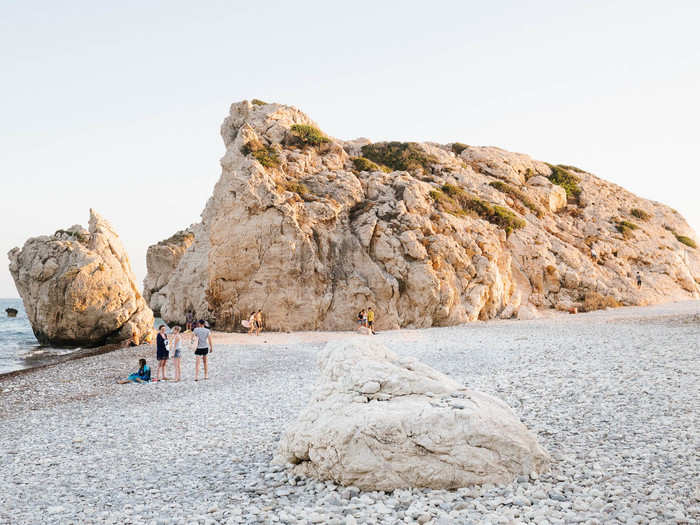
The sea around Petra tou Romiou can be rough in places, but the rugged landscape, the multiple rock formations, the foaming coastline, and clear waters make it worth an afternoon.
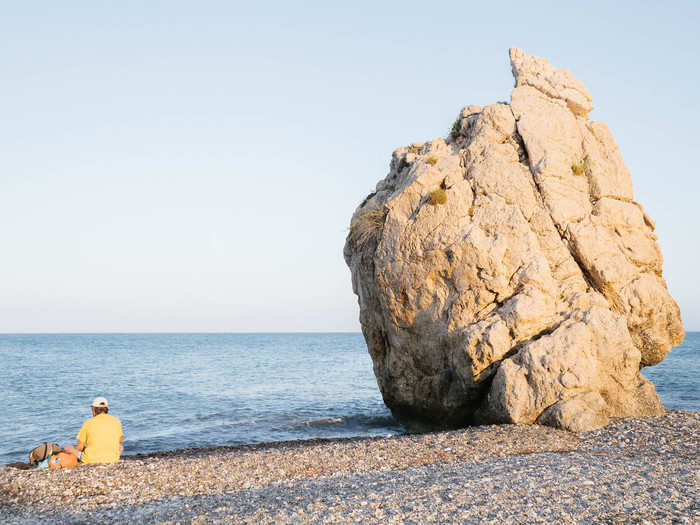
The drive to Aphrodite's Rock is equally stunning. There are numerous other beaches to check out along the way.
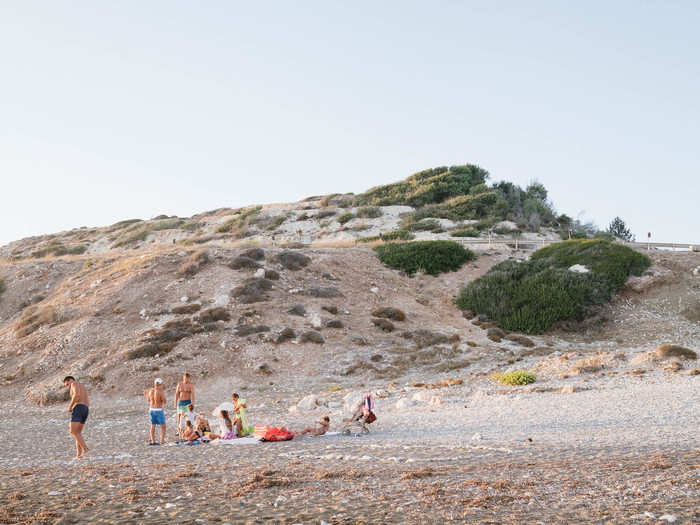
Kissonerga lies on the outskirts of Paphos, a UNESCO World Heritage site and a city that has been inhabited since Greek times.

Source: The Telegraph
Near the city is the Paphos Archaeological Park. The park is still under excavation but it contains the major sites of the former Greek and Roman city.
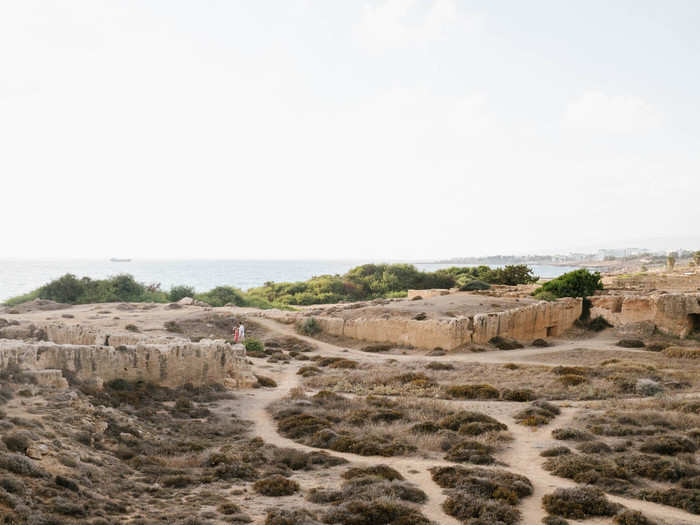
Source: WikiTravel
Some of the archaeological structures are quite impressive. The most significant remains are that of four Roman villas.
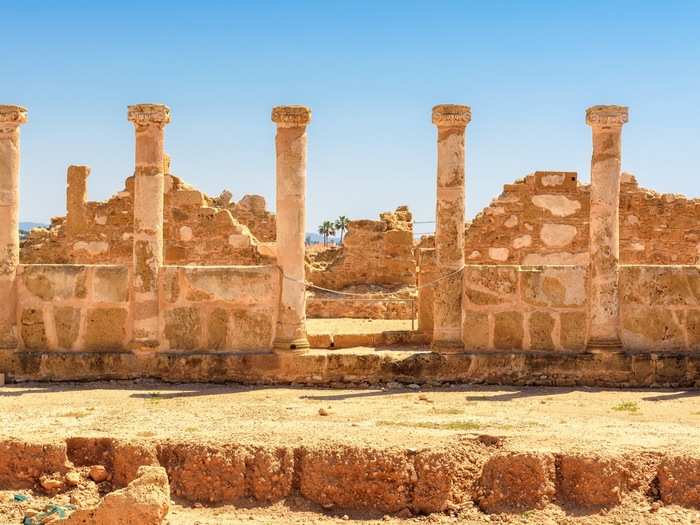
Excavations have also uncovered an agora, a basilica, and a theater, among other structures.
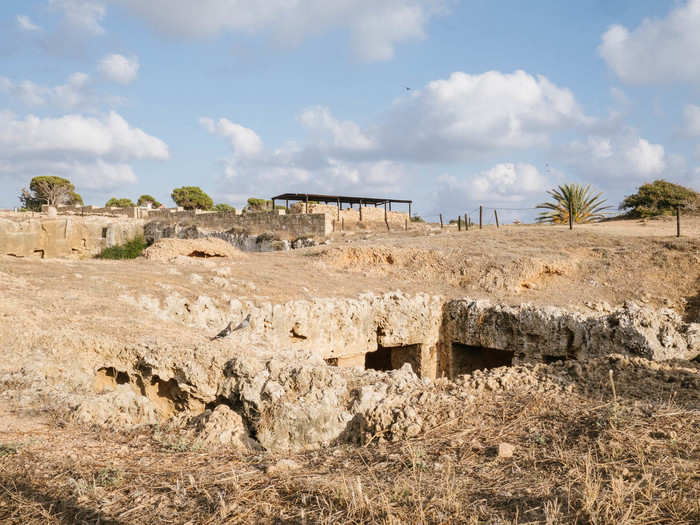
There is also a large necropolis nearby known as the Tomb of the Kings. Despite the name, it is more likely they are the tombs of aristocrats and high-ranking officials.
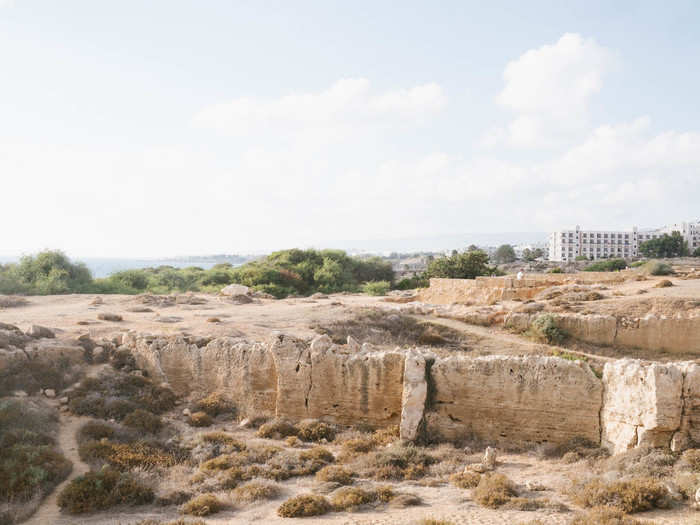
The city of Paphos itself is great to walk around for dinner, particularly if you stop at the Moonlight Tavern. The owner Chris is the star of the show. You'll know what I mean if you go.
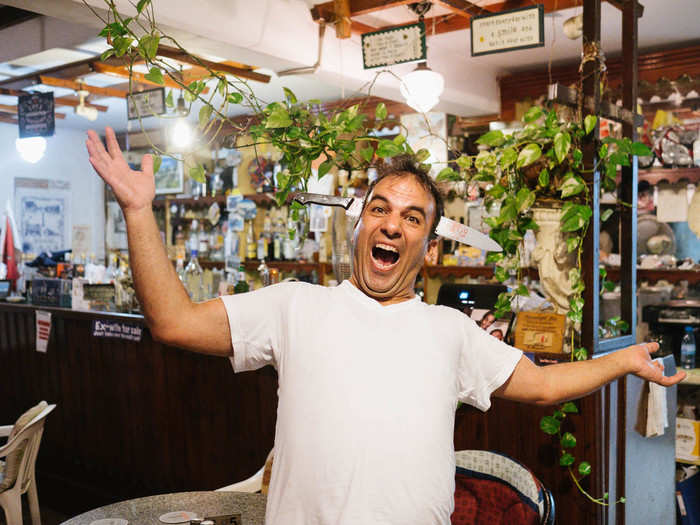
At Chris' recommendation, I drove inland the following day to the Paphos Forest, a 270-mile national park along the northwestern slopes of the Troodos Mountains.
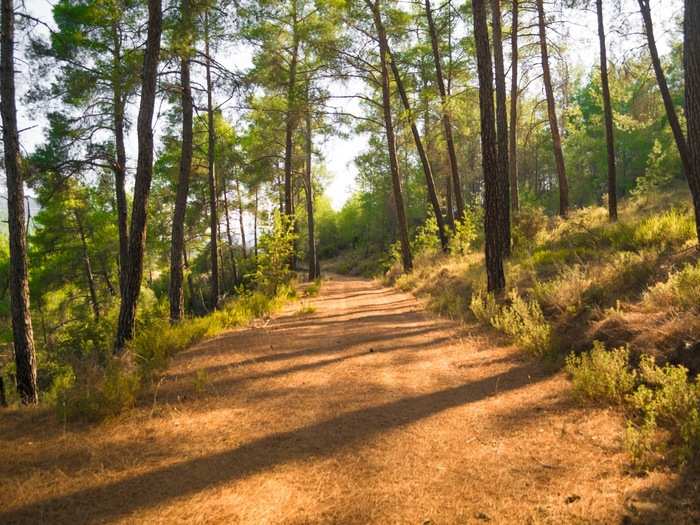
There are a number of tiny villages dotted in the mountains, as well as hiking trails and a number of bridges and streams.

After spending some days on the beach, it feels a world away. The mountainsides are covered with sweet-smelling pines and bright-green cedars.
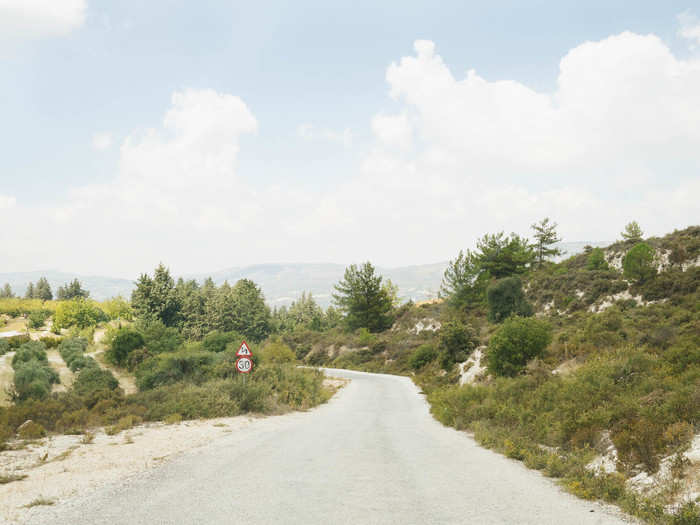
Source: Cyprus Insider
The drive alone provides spectacular views that you won't find on any other Mediterranean island. The next time I visit Cyprus, I'll be spending a few days in the mountains.
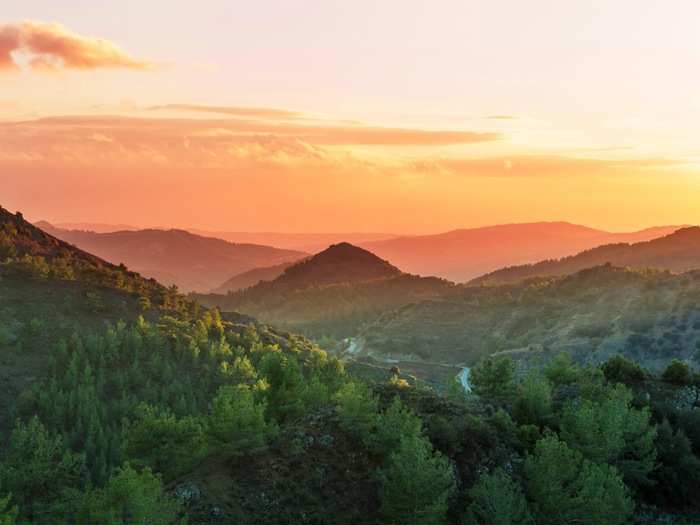
After driving through the forest and the Troodos Mountains, I headed north to cross the border to the self-declared Turkish Republic of Northern Cyprus.
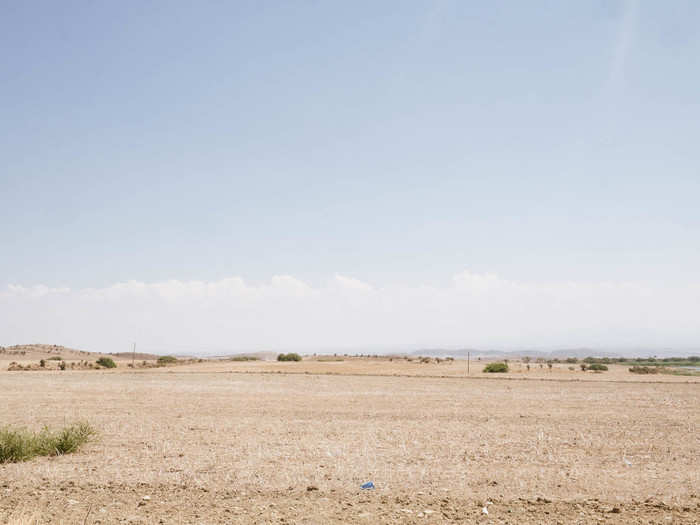
While I was primarily staying in the south, it's fairly easy to visit the TRNC by passing through the UN-operated "green line" buffer zone. I just had to get my passport stamped and purchase car insurance for the days I was in TRNC.
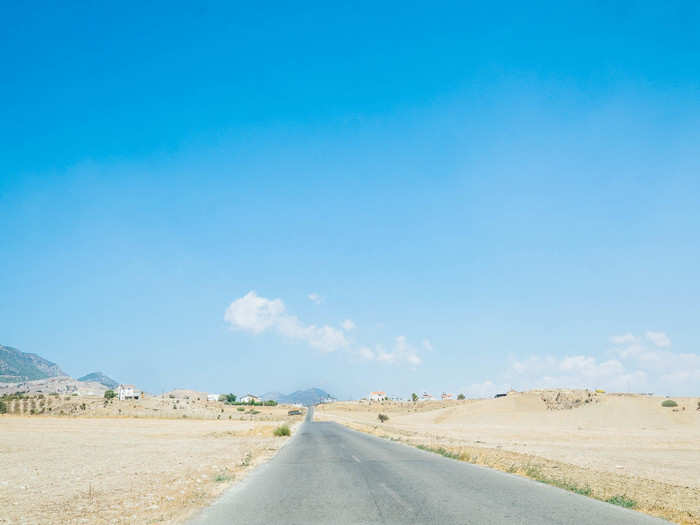
It's worth the hassle. The landscape is dramatically different in the north and there are many interesting sites, like Kyrenia Castle, a 16th century castle built by the Venetians.
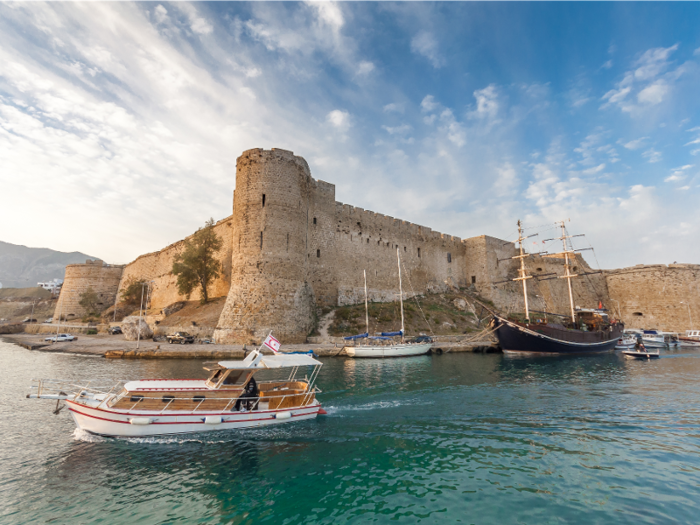
From a top the castle, I got a great view of the city of Kyrenia and its natural harbor. Kyrenia is a vibrant city with a bustling port, nightlife, and hotels. The city, which can seem pulled from Ottoman-era Turkey, is worth taking a stroll through.
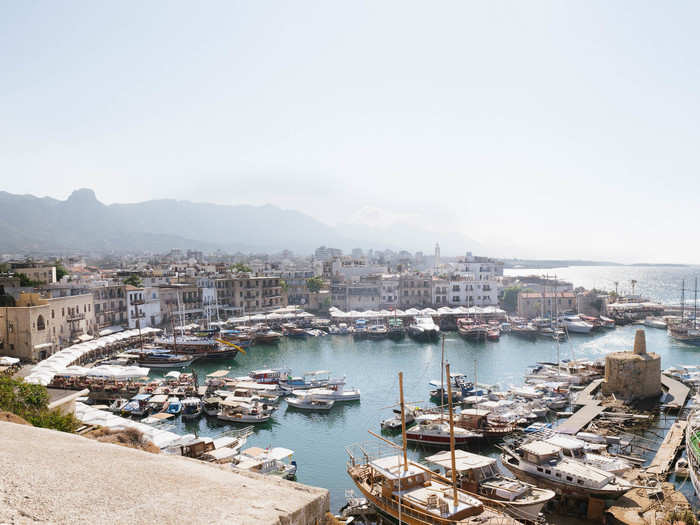
Kyrenia has some excellent seafood restaurants. Whether you are on the north or south of Cyprus, the heart of the cuisine is mezze, a spread of small dishes like hummus, kebabs, beans, various pickled vegetables, and seafood, depending on the restaurant.
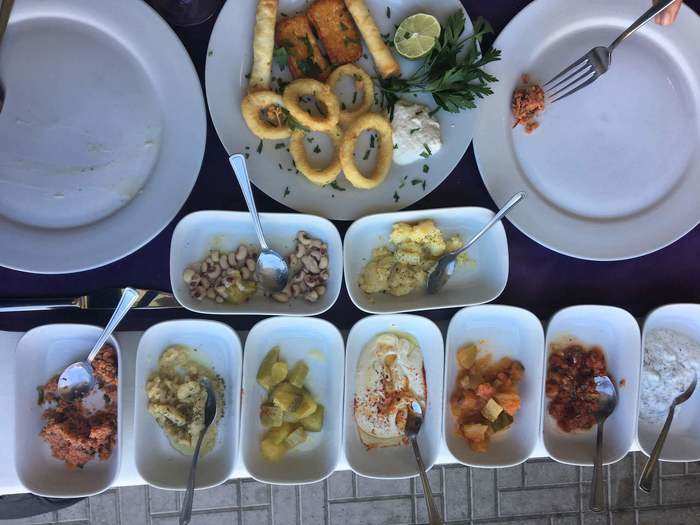
Source: Lonely Planet
I drove south from Kyrenia and hit Nicosia, the largest city in Cyprus and the country's divided capital. The walled old city is the cultural center of the Turkish Cypriot community.
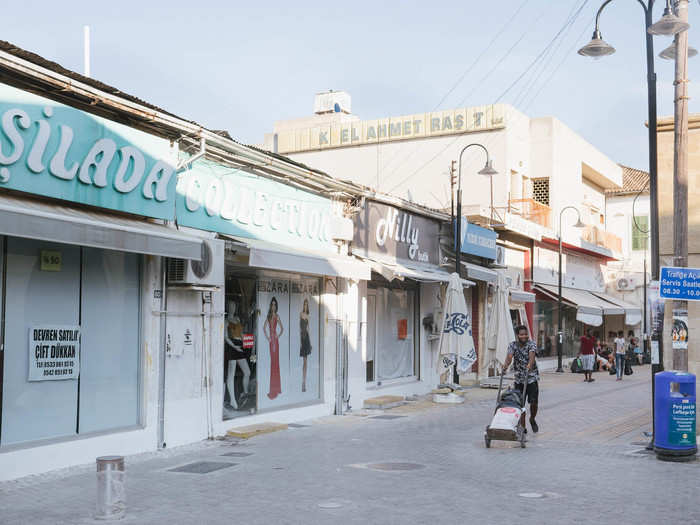
The walls were built in the mid-16th century by the Republic of Venice and are some of the best kept Renaissance-era fortifications in the Mediterranean.
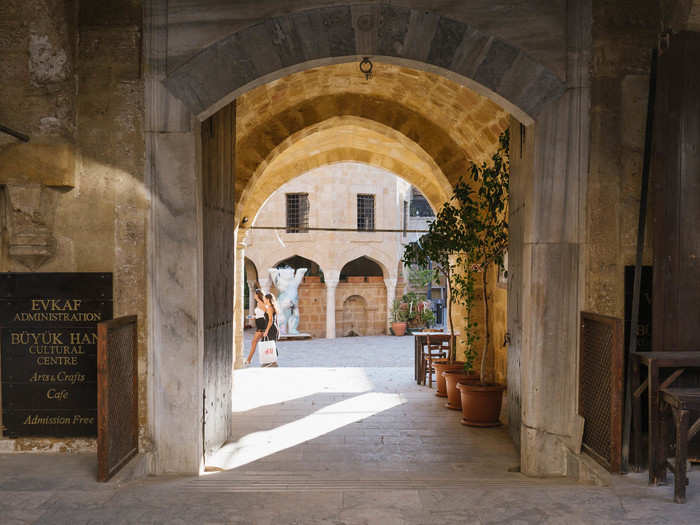
I felt lost in time as I walked the streets of the walled city. The streets were mostly quiet in the late afternoon and the storefronts looked to be decades old, if they were open at all.
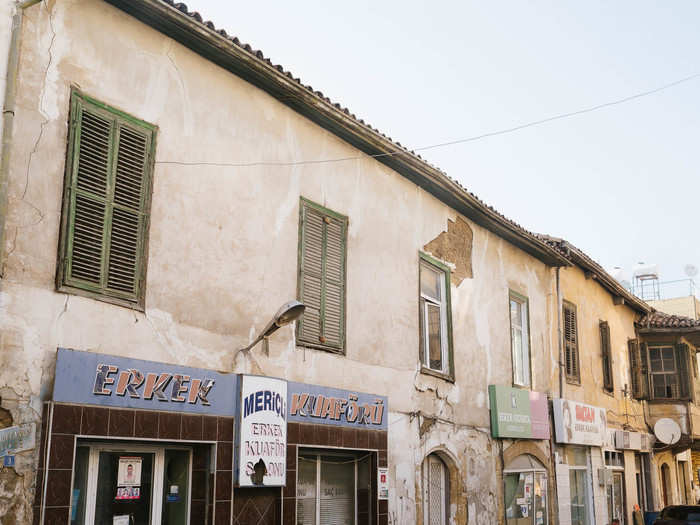
The Selimiye Mosque was once a church known as the Cathedral of Saint Sophia. It dates back to the 1200s. The building itself is excellent and massive example of a Gothic church.
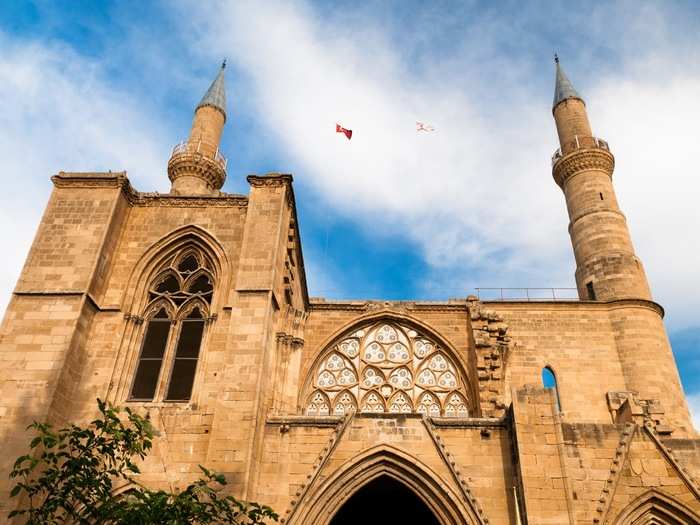
TNRC has some gorgeous beaches of its own, including Golden Beach on the Karpaz Peninsula. It's practically at the tip of the island.
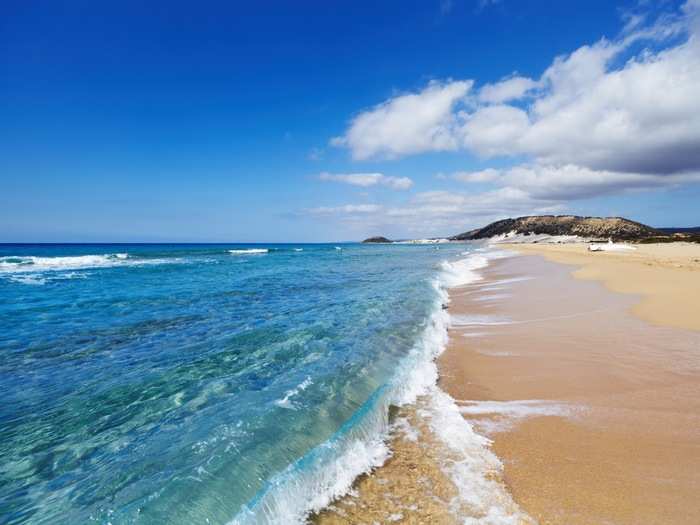
After exploring Nicosia, I passed back through the border to the Republic of Cyprus and headed into the rolling hills that lie on the outskirts of the city.
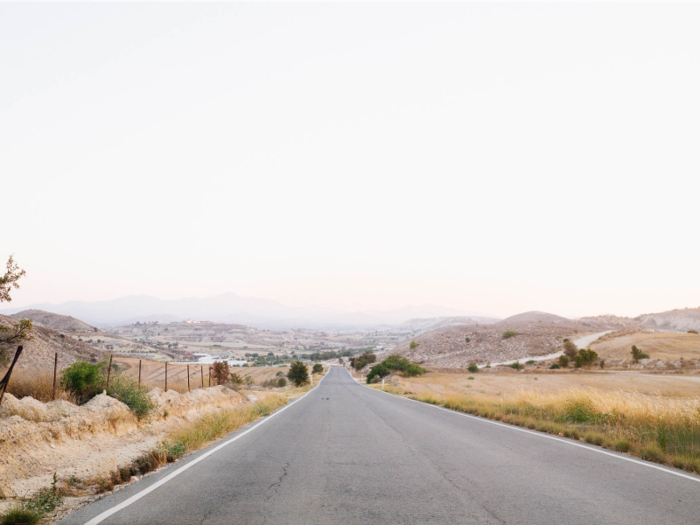
There I stayed at the Aelia Wellness Retreat, an eco-resort that seems to take its design cues from the backgrounds of every Instagram influencers' photos. That's not to say that's a bad thing.

The resort is tranquil. Outside each room are hammocks and Adirondack chairs surrounded by fragrant herbs and flowers. Perfect for watching the stars. And each common area of the resort feels bathed in soft light. On-site dining, massages, and beauty programs aren't cheap — but they are worth it.

On my final day in Cyprus, I drove out to Cape Greco, a national park on the southeastern tip of the island. To get there, you drive past Ayia Napa, a resort town said to have the best beaches on the island.
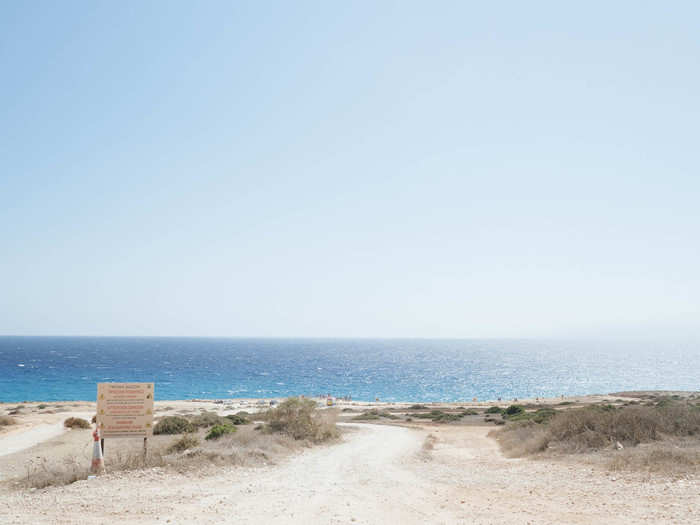
Nissi Beach in Ayia Napa is considered by many to be the most beautiful beach in Cyprus. It's definitely not the quietest though, at least during the summer months when clubbers turn it into an all-day party.
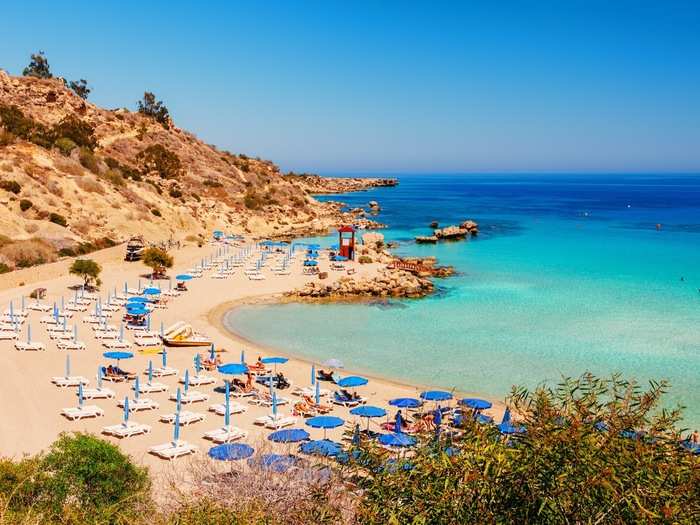
Source: Travel + Leisure
Cape Greco has a bunch of sites worth a stop, like these fascinating sea caves. The underwater caves nearby are perfect for scuba diving. I didn't have the time, but pros say there's a lot of sea life.
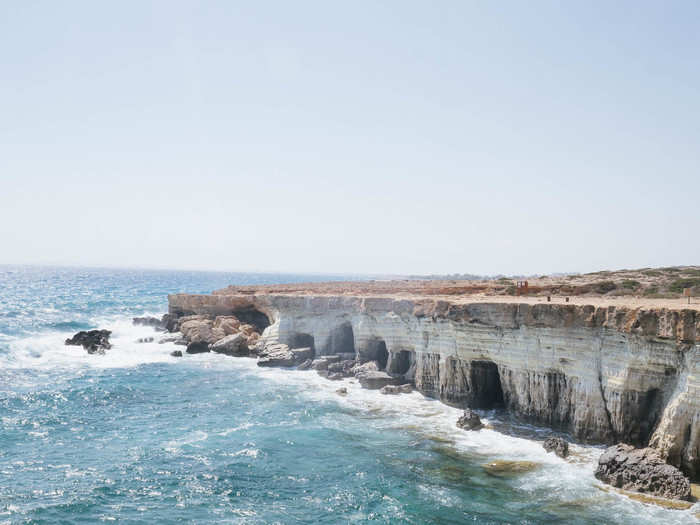
Without the time to scuba dive, I just enjoyed the bright sun and the turquoise waves crashing against the rocks.
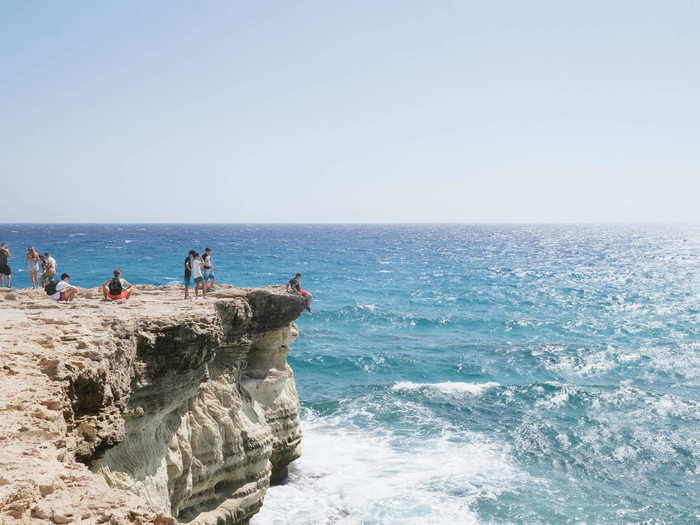
For my part, the most beautiful spot I saw on the island was at the very tip of Cape Greco. It's not a beach, per se. There is only rock descending gently into the water. But, as you float in the cool blue-green waters, you feel like you're at the end of the world.
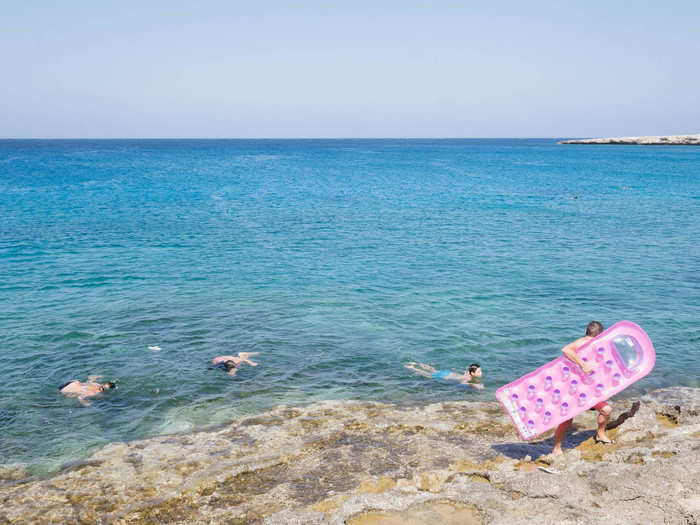
The only sign of life is a small van selling burgers and fresh seafood. Just how I like my islands. I would recommend Cyprus to any would-be vacationer looking for a cheap Mediterranean getaway, but with a few adjustments to my itinerary. Spend more time exploring the Troodos Mountains, Ayia Napa, and Cape Greco than I did. And, if you're really looking to keep to a budget, staying in the north can save you a ton of money.
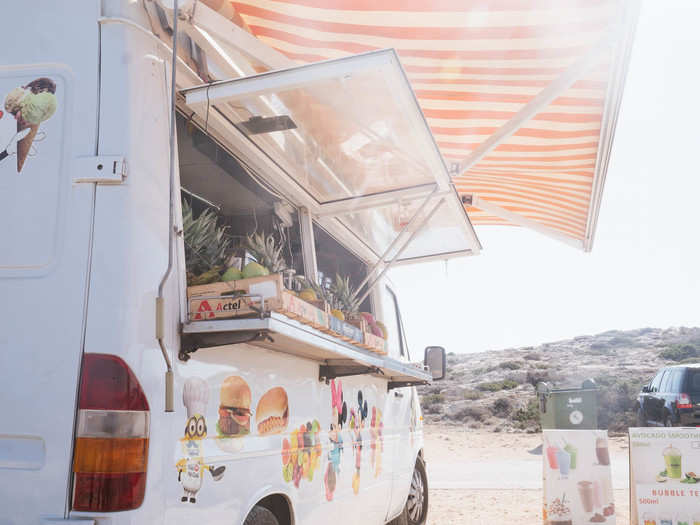
Popular Right Now
Popular Keywords
Advertisement